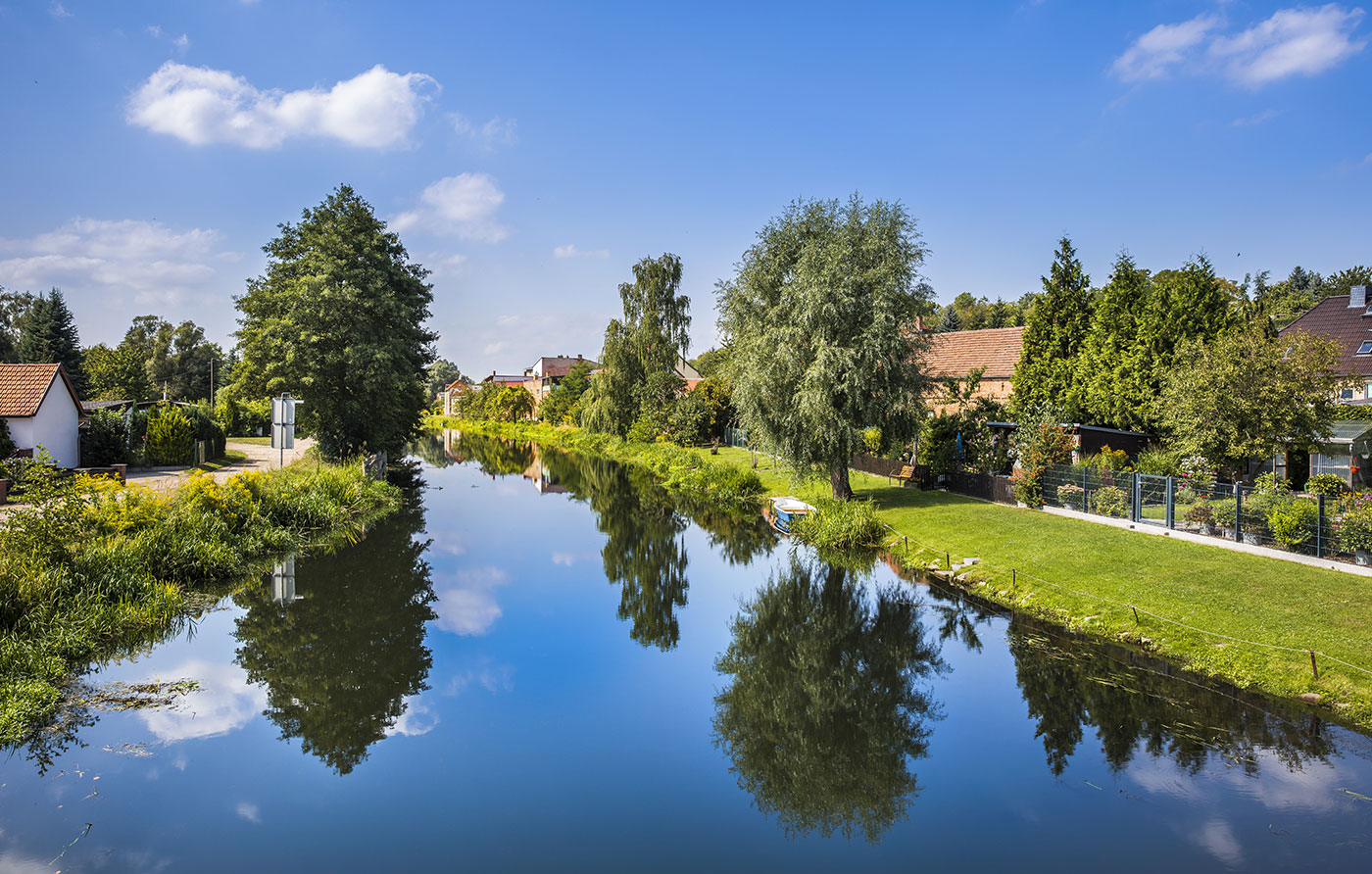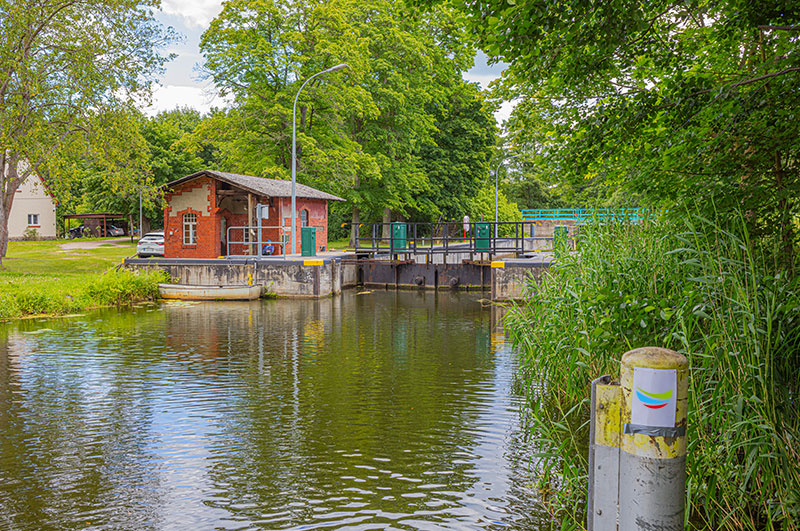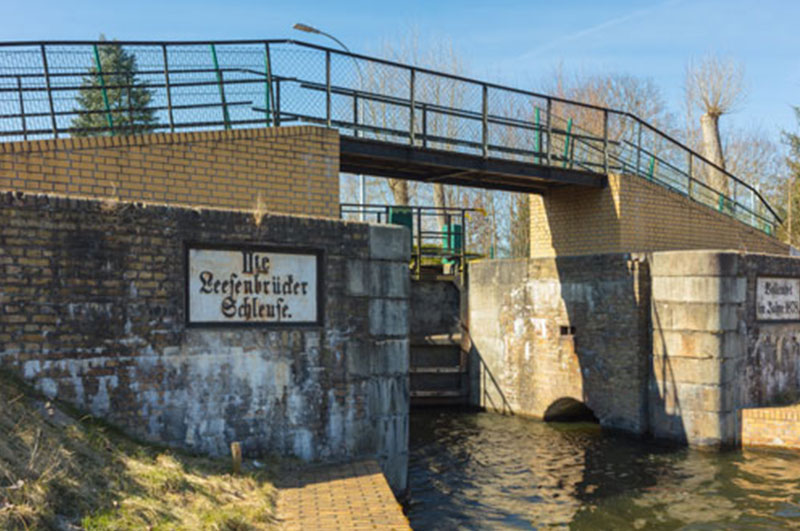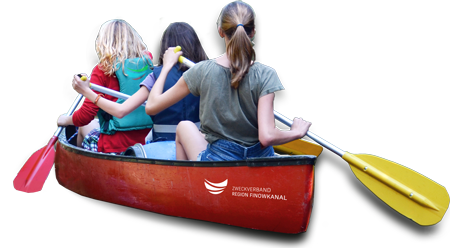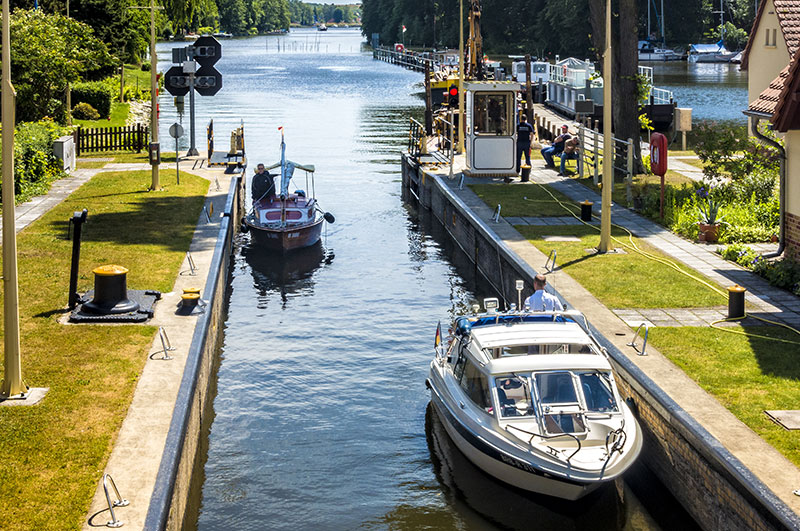
What seemed almost impossible 1.5 years ago has now been achieved. The Zweckverband Region Finowkanal (Finow Canal Regional Association) is going to renovate and modernise the first 6 historic locks on the Finow Canal and operate and maintain them permanently. In this first package, the 6 locks Ruhlsdorf, Leesenbrück, Grafenbrück, Schöpfurt, Heegermühle and Wolfswinkel will be taken over by the federal government and are part of the current planning.
After the financing agreement between the General Directorate for Waterways and Shipping (GDWS) and the Zweckverband Region Finowkanal was signed in November 2020 to finance all 12 locks, the Zweckverband has now also received the important grant notification for the first lock package from the Investment Bank of the State of Brandenburg.
The overall financing of this first lock package is secured. The investment costs for the first lock package amount to about 41.6 million euros. With the federal government's financial contribution, 50 % of these costs have been secured. For the remaining half of the costs, the ILB approved a grant of about 19.7 million euros, which corresponds to a funding level of about 95 %.
However, the construction measures are also accompanied by the fact that the locks in question cannot be used during the construction period.
The approval planning phase is currently underway. Depending on the results of this planning phase and the tendering process for the construction work, the basic overhaul of the Ruhlsdorf, Leesenbrück and Grafenbrück locks and the expansion of the remote monitoring of the control center at the Zerpenschleuse lock will take place from the end of 2022. The basic overhaul of the Heegermühle and Wolfswinkel locks and the automation of the Schöpfurt lock are expected to begin at the end of 2023. Like the scoop belt locks, all other locks are also automated.
As soon as an exact construction schedule is available, you will find more information on the navigability of the respective canal sections here.

The Finow Canal is the oldest navigable artificial waterway in Germany. For more than 400 years it has connected the Havel with the Oder and was for a long time one of the most important transport links in the Mark Brandenburg.
In 1603, the Elector Joachim Friedrich Wilhelm issued the order to connect the Havel with the Oder at Liebenwalde via the small river Finow. In 1609, after only four years of construction, a stretch of 22.6 km from the Havel to the town of Schöpfurth could be navigated under the most difficult conditions. In the process, 5 locks had to be overcome. The political situation at the time, permanent financial bottlenecks and setbacks in the construction work did not allow regular shipping traffic to begin until 1620 on the Finow Canal, which was then 38.62 km long and had 11 locks. As a result of the devastating Thirty Years' War, this striking hydraulic structure rapidly fell into disrepair. In 1692, the Elector ordered investigations into whether a connection between the Havel and the Oder would be feasible.
From 1743, by decree of Frederick II, the canal was restored with a modified route and more stable locks. In 1749 the canal was navigable again. In the period that followed, constant lock repairs and alterations were also necessary. The Finow Canal developed into one of the most important German inland waterways and determined the rapid economic development of the Finow Valley as the cradle of the "Brandenburg-Prussian industry" until the 20th century. Even today, numerous cultural and historical sights from this industrial age can be discovered along its banks. Soon, however, the capacities of the waterway were exhausted.
In 1914, the economically more effective Oder-Havel Canal was opened for inland navigation. The Finow Canal lost its importance. For years it served primarily only to regulate the water balance and accordingly only the most necessary maintenance measures were undertaken.
There is plenty of information about the history of the canal and its structures, which we do not want to repeat here. We therefore refer to documents and sources for more in-depth study, e.g.:
Web links
Publications
- Lehmann, Jörn (2015): Die Obere Havel und der Finowkanal; Sutton Verlag GmbH
- Pilz, Kristin (2018): Außer Betrieb – Industriekultur im Finowtal; Verlag für Berlin-Brandenburg
- Schmidt, Rudolf (2018): Das Finowtal in Sage und Geschichte, Sitte und Brauch; unveränderter Nachdruck der Ausgabe aus dem Jahr 1924; Klaus Becker Verlag




